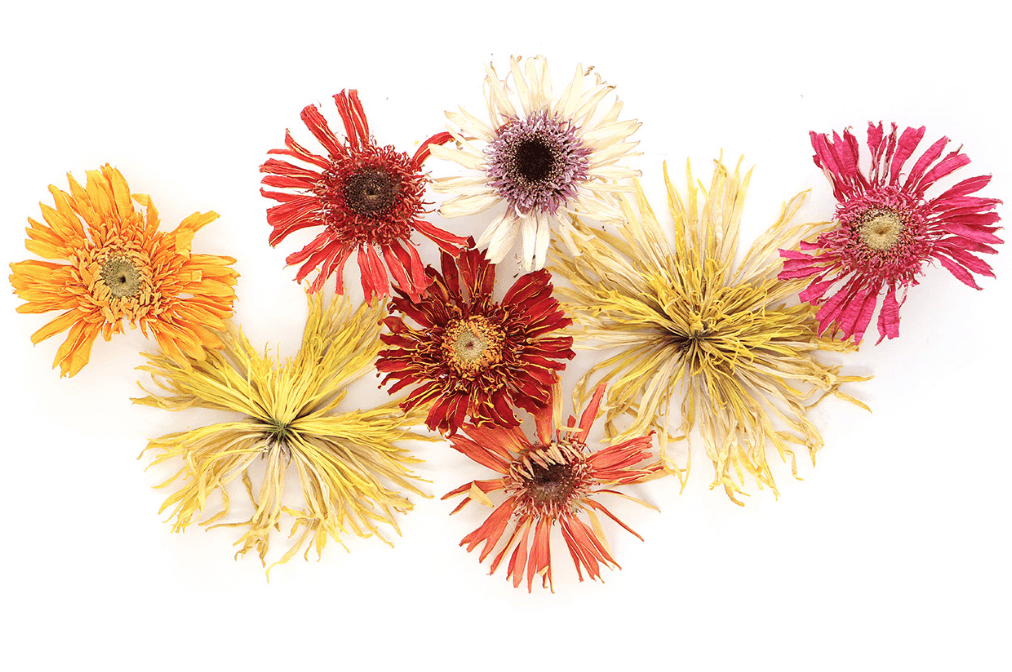
Photography by Mary Jo Hoffman
Our spring 2016 cover is a celebration of the season: the feather of a great horned owl, whose young are often heralded as a harbinger of springtime. This incredible image was captured by Twin Cities artist Mary Jo Hoffman, who was kind enough to answer a few of our burning questions about her work.
Feather imagery comes up quite often in your work. What does it symbolize for you?
Feathers are among my most popular photos. And I have a lot of them! My personal background is in science; I have a graduate degree in aerospace engineering. So for me, feathers are more about the wonder of nature and the beauty of design. As an aerospace engineer, how can I not be enthralled by feathers? I could spend years computing and never come up with an algorithm that would result in the perfection of a trailing wing feather.

How did you procure this feather?
Photographing feathers is actually a tricky business. Most of the birds in Minnesota are protected by the Migratory Bird Treaty Act of 1918, which makes it illegal to gather feathers. Most people don’t know this, and just about everyone I know picks up feathers on hikes. The law is a little bit of an anachronism in that it was enacted to protect birds when adorning hats was all the rage and birds were being killed just for their decorative feathers.
Great horned owls are still protected under this law. This particular feather came from a juvenile great horned owl that had been hit by a car early in the morning on a road near Ely. We were coming back to the Cities from picking up our daughter at camp, and I happened to have my camera and white tag board in the car. The roadside was covered in owl feathers. It looked like snow. The early morning light was perfect for photographing, which was fortunate; otherwise, I would not have been able to pick up all that detail.
My photos deal quite often with death, which doesn’t always please all of my nature-loving followers. But focusing on nature does not always mean Monet water lilies and Van Gogh sunflower fields. Everything in nature dies, and if you spend enough time there, dead things simply become part of the landscape, and coming across them becomes part of experiencing that landscape. My STILL photos of death in nature are some of my favorite images — with a lot of peacefulness, beauty and grace. In all cases, the animals were found already deceased, and, I like to think, have been respectfully commemorated.

Do great horn owls have a special significance for you?
We have several great horned owls that live in the woods around our home. I know their song is supposed to be spooky, but it sounds more like a lullaby to me. They particularly like the oak tree just outside my bedroom on spring and summer nights, and I feel settled and calmed by their slow call of hoo-h’HOO-hooo-hoooo. Whether it is the monotony of the call itself or a sense of having our household protected by their fierceness, I always sleep better when they are around.



